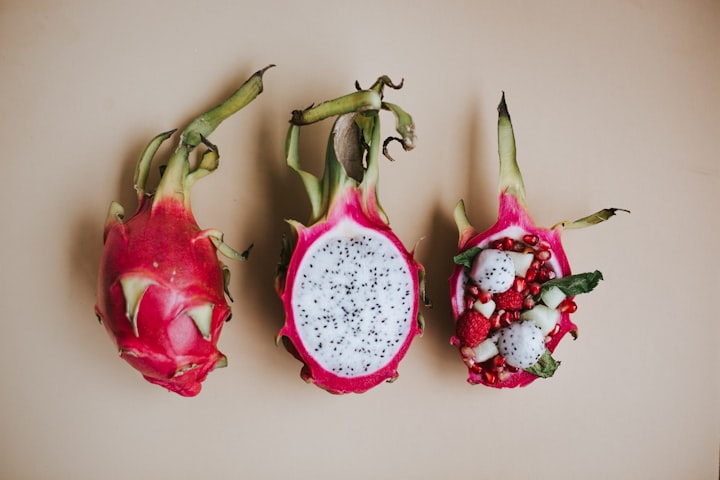How to lose weight with a keto diet tailored specifically for you
Diet plan

The ketogenic diet has been gaining in popularity, especially among people who want to lose weight. But what does keto mean? And how can you use this diet for weight loss? This article will explain the basics of the keto diet and help you devise a plan that will meet your needs and get you on track to lose weight safely and effectively.
What is the keto diet?
The keto diet is characterized by an extremely low carbohydrate intake and elevated fat intake. It’s often called a high-fat, low-carb diet or LCHF (low carb, high fat) plan.
Click here for free keto diet plan for 7 days now
Why does it work?
The Ketogenic Diet puts your body into a metabolic state called ketosis. When your body is in ketosis, it burns fat instead of carbohydrates. Generally, when you follow a healthy low-carb diet, your hunger hormone Ghrelin will decrease while your satiety hormone Leptin increases and so will help keep your energy levels up and reduce cravings.
What can I eat on a ketogenic diet?
The short answer is anything that is low in carbohydrates. That means no grains, no sugar, no legumes (beans), and very few fruits. But what about natural carbohydrates found in green leafy vegetables? What about bananas and carrots? To figure out what foods are best to consume on a low-carbohydrate diet like keto, we must look at where carbohydrate consumption comes from. Again, it comes down to insulin production.
Choosing the right fats
Unlike other low-carb diets, on a ketogenic diet your fat intake will make up about 70% of your daily calories. This means that out of all the food that you eat, only about 30% will be carbs and 10% will come from protein. For someone on a standard American diet, that would mean around 60-70% of their calories coming from carbs and around 15-20% from protein.
Click here for free keto diet plan for 7 days now
Measuring Ketosis
There are many ways to check whether your body is in a state of ketosis, and these methods can help inform your decision if ketosis feels right for you. Ketostix are incredibly easy to use – they simply tell you whether or not there is excess acetoacetate present in your urine. More than likely, if you’re following an LCHF diet, then there won’t be any excess acetone present at all.
Best time of day - which meals are best?
The best time of day to eat is whenever you are going to have your biggest meal of the day, explains Benjamin Lorr, MS, RDN, CDE, author of The 7-Day Flat-Belly Tea Cleanse: A Virtual Meal Plan. It usually works out somewhere between noon and 6 p.m.
Tips and tricks if it isn't working!
If your body is used to getting energy from carbohydrates, it might find it difficult to adjust initially. A ketogenic diet might reduce your exercise performance in the first few weeks as your body adjusts, but once it becomes fat-adapted, you'll see an improvement in how much energy your body will burn at rest.
How do I get back on track if I miss a meal or cheat?
If you miss a meal or cheat on your plan, don’t stress. Just get back on track and try again tomorrow. While one meal won’t make or break your efforts, cheating could slow down your metabolism and keep fat from burning off as easily. It can also lead to feelings of guilt or failure that may sabotage future efforts if it’s not addressed immediately.
Do I need supplements?
Keto supplements are not strictly necessary, but they can make your transition from burning sugar as a primary fuel source to relying on fat easier. Supplements are also helpful when you feel like something is off but aren’t sure what exactly what that might be.
Do I need to exercise while doing this?
Yes, but not too much. In order to keep your metabolism going in ketosis, it is recommended that you get around 200 minutes of moderate exercise per week. This can be split up into shorter sessions through out the day such as taking an after-dinner walk or lunchtime walk – there’s no limit on how many times you can take these walks and they will count towards your 200 minutes per week.
Will I be able to maintain muscle mass while doing this?
The short answer is yes. If your goal is fat loss, you don’t need to worry about maintaining muscle mass, which many people think of as impossible. However, it’s important that you eat high-quality food and maintain a proper caloric deficit so that all your hard work at the gym doesn’t go to waste.
General FAQs
A ketogenic (‘keto’) diet can be simple or complicated, depending on how you look at it. Simplistically, it has its roots in how we humans have evolved over millennia: eat low-carb and high-fat foods that are generally easier for our bodies to digest than high-carbohydrate/sugar foods.





Comments
There are no comments for this story
Be the first to respond and start the conversation.